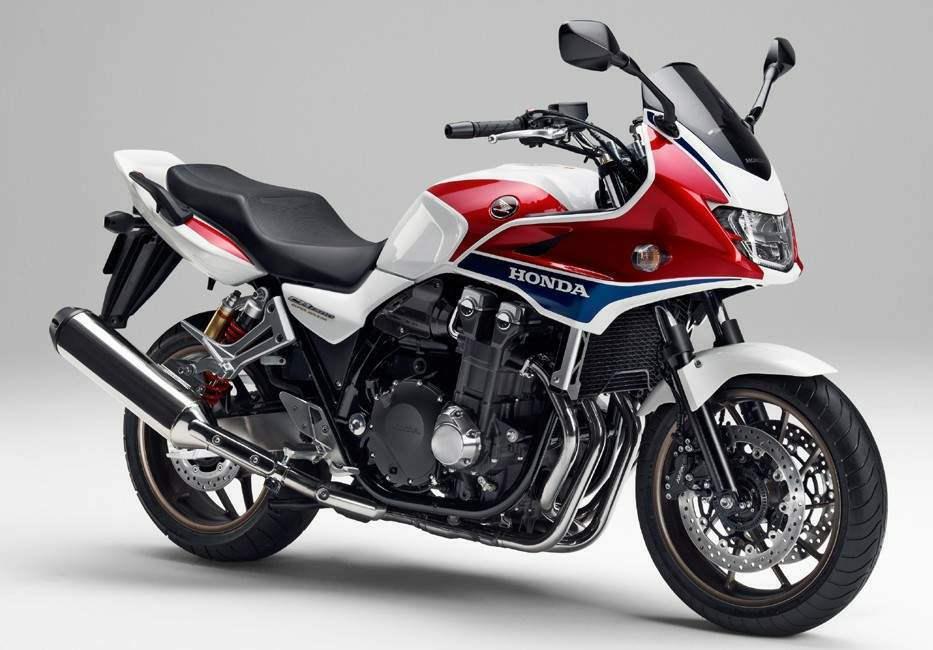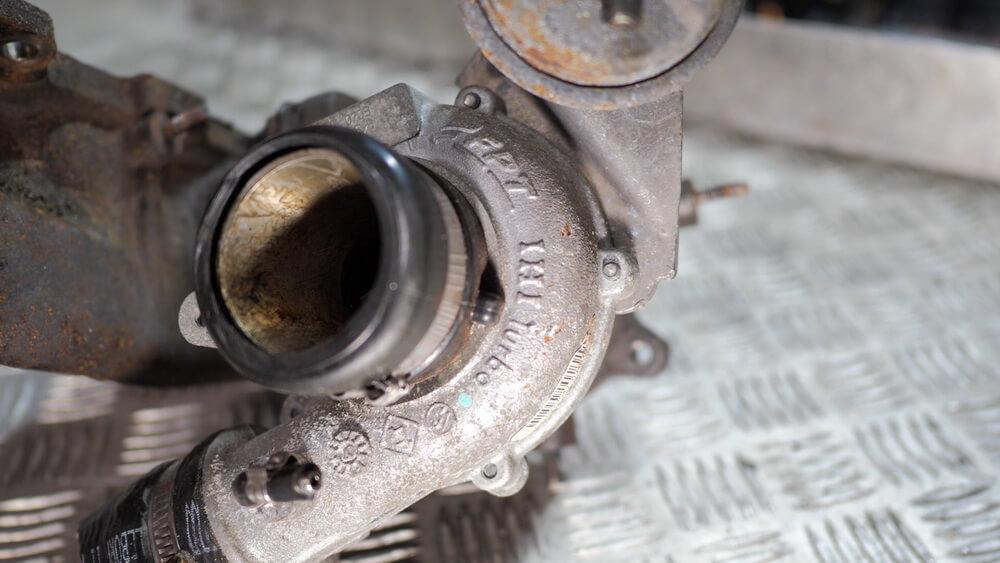
Fiat Tipo 1.4 T-Jet - 800 km on one fuel tank, is it possible?
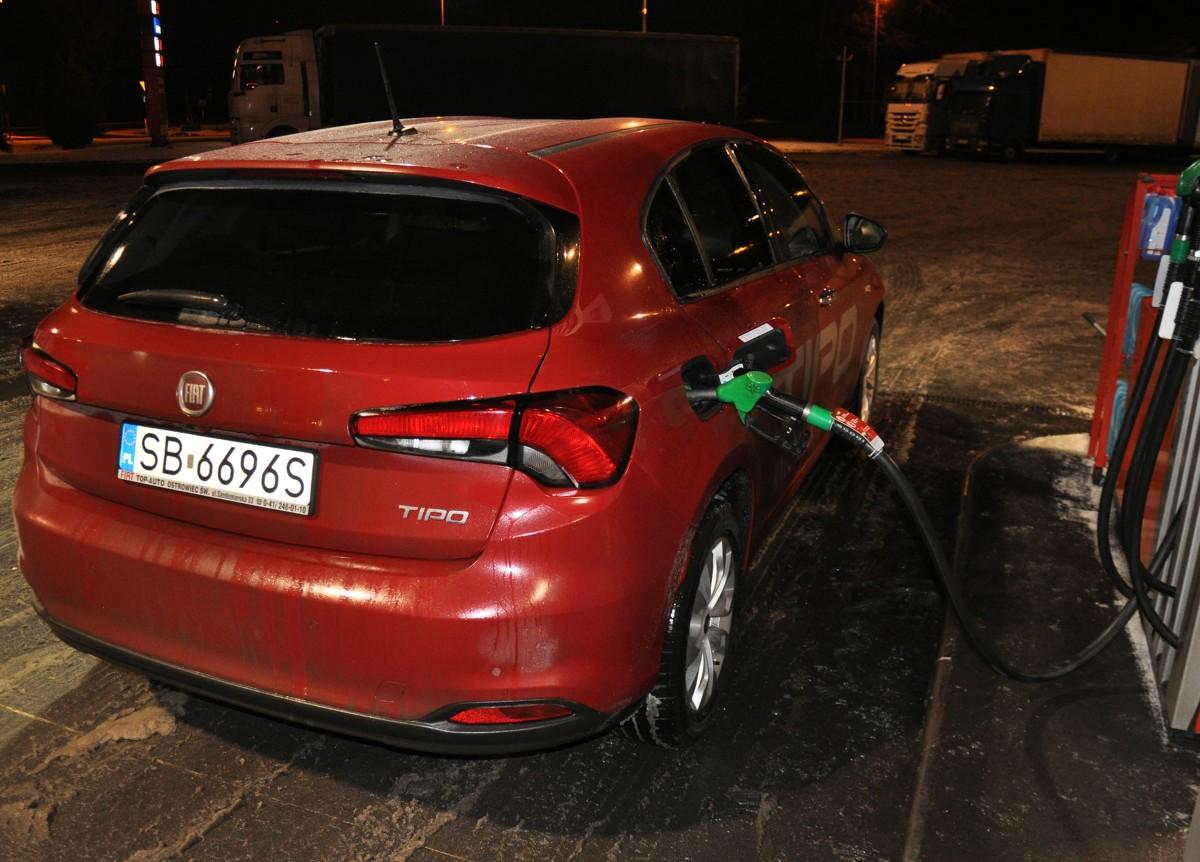 This test tested our patience and the lightness of our right foot and answered the key question: is the new Fiat Tipo capable of consuming as much fuel as claimed by the manufacturer?
This test tested our patience and the lightness of our right foot and answered the key question: is the new Fiat Tipo capable of consuming as much fuel as claimed by the manufacturer?
Once upon a time, in the early 90s, fuel consumption in car catalogs was based on old standards, known by the abbreviation ECE (Economic Commission for Europe). As today, they contained three values, but measured at two constant speeds of 90 and 120 km/h and in urban conditions. Some drivers still remember that the actual results obtained on the road usually did not differ from the manufacturer's declarations by more than one liter. Poland blamed these differences on sulphated fuel imported from the East.
How are you today? Manufacturers promise drivers incredibly low fuel consumption. This is possible thanks to the much-criticized NEDC (New European Driving Cycle) standard, which produces very promising values that are often very unattractive in practice. We decided to see if a modern supercharged gasoline engine could approach or even improve on the catalog number.
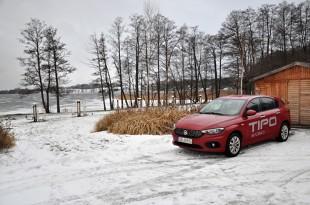 For the test, we prepared a new Fiat Tipo hatchback with a 1.4 T-Jet engine with 120 hp. at 5000 rpm. and maximum torque of 215 Nm at 2500 rpm. This very seductive drive is able to accelerate the Tipo from 0 to 100 km/h in 9,6 seconds and allows it to reach a top speed of 200 km/h. There are so many theories because we are interested in testing combustion or even "tweaking" as low a result as possible.
For the test, we prepared a new Fiat Tipo hatchback with a 1.4 T-Jet engine with 120 hp. at 5000 rpm. and maximum torque of 215 Nm at 2500 rpm. This very seductive drive is able to accelerate the Tipo from 0 to 100 km/h in 9,6 seconds and allows it to reach a top speed of 200 km/h. There are so many theories because we are interested in testing combustion or even "tweaking" as low a result as possible.
When preparing a car for a drop rally, modifications can be made to improve performance, such as increasing tire pressure or sealing gaps in the body with tape. Our assumptions are completely different. The test should reflect normal driving, however, no one in their right mind would use this kind of stunts in a private car before going on tour.
Before you travel, set a goal for yourself. Having studied the table with technical data, we assumed that we should drive 800 km at one gas station. Where does this value come from? Hatchback Tipo has a capacity of 50 liters, so the spare should light up after 40 liters of fuel. With the fuel consumption declared by the Italians at the level of 5 l / 100 km, it turns out that this is the distance the car will travel without the risk of running out of fuel to the end.
The car is fully fueled, the on-board computer is rebooted, you can start driving. Well, maybe not immediately and not right away. The route was divided into three parts. First, it was necessary to get home through the crowded Warsaw. On this occasion, it is worth mentioning the driving style. We assumed that we would try to follow the general principles of eco-driving, which does not mean dragging and blocking traffic. Following them, you should accelerate vigorously enough, shifting gears in the range of 2000-2500 rpm. It quickly turned out that the 1.4 T-Jet engine does a good job, as long as you don't exceed 2000 rpm from second gear. If we do not remember when is the best time to change gear, we will be prompted by the gearshift indicator on the on-board computer display.
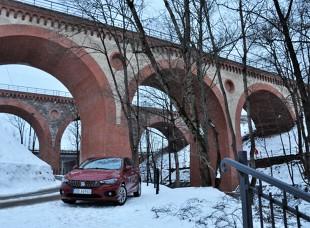 Another important element of economical driving is engine braking, during which the fuel injection system cuts off the fuel supply. To take full advantage of this feature, you must develop the habit of observing your surroundings well ahead of your vehicle. If we notice that a red light is on at the next intersection, then there is no economic justification for such dynamic acceleration. In Poland, the smoothness of the movement leaves much to be desired, and this is another important component of economical driving. If the cars in front are still slightly accelerating and braking alternately, it is recommended to maintain a 2-3 second interval so that your speed is more stable.
Another important element of economical driving is engine braking, during which the fuel injection system cuts off the fuel supply. To take full advantage of this feature, you must develop the habit of observing your surroundings well ahead of your vehicle. If we notice that a red light is on at the next intersection, then there is no economic justification for such dynamic acceleration. In Poland, the smoothness of the movement leaves much to be desired, and this is another important component of economical driving. If the cars in front are still slightly accelerating and braking alternately, it is recommended to maintain a 2-3 second interval so that your speed is more stable.
The second stage of the journey was a route with a length of about 350 km. For the curious: on the national road number 2 we drove east, towards Biala Podlaski and back. Having left the settlement, it was necessary to get acquainted with the capabilities of the car, more precisely with the characteristics of the engine in terms of combustion. Each car model has speeds at which it consumes the least amount of fuel. It turned out that while maintaining 90 km / h, it is not easy to achieve homologated fuel consumption on the road.
Reducing the driving speed by just a few kilometers per hour brought clear results - fuel consumption was reduced to less than 5,5 l/100 km. With a further decrease in speed, you can go below the threshold of 5 l / 100 km. However, it is difficult to imagine a long journey at a speed of 75 km/h. The on-board computer, which quickly calculates average fuel consumption and projected range, has simplified the analysis of the behavior of the power unit. Stopping or briefly changing the pace of movement was enough for the displayed values to start changing. Once the driving calmed down, the predicted range began to increase rapidly.
